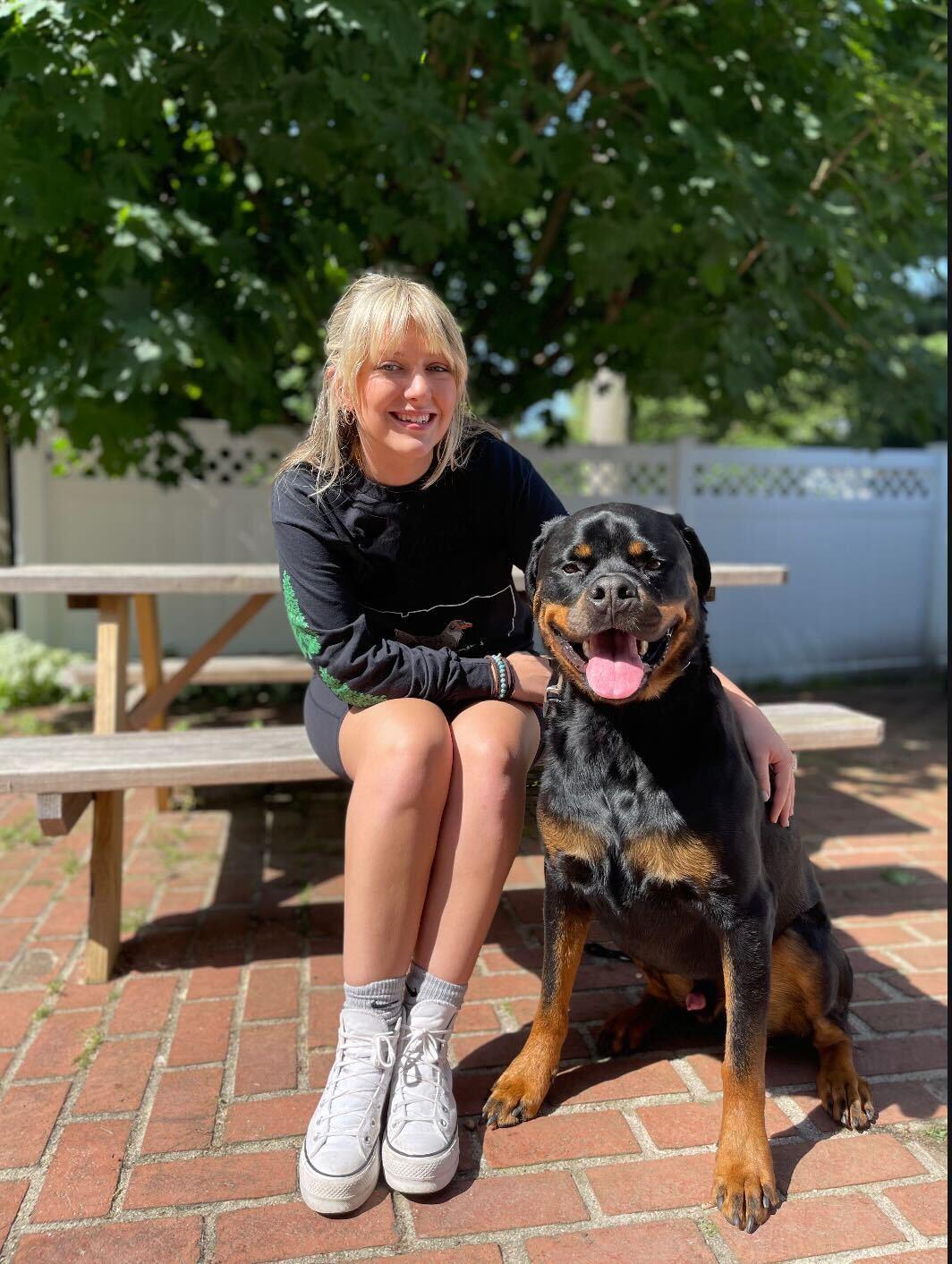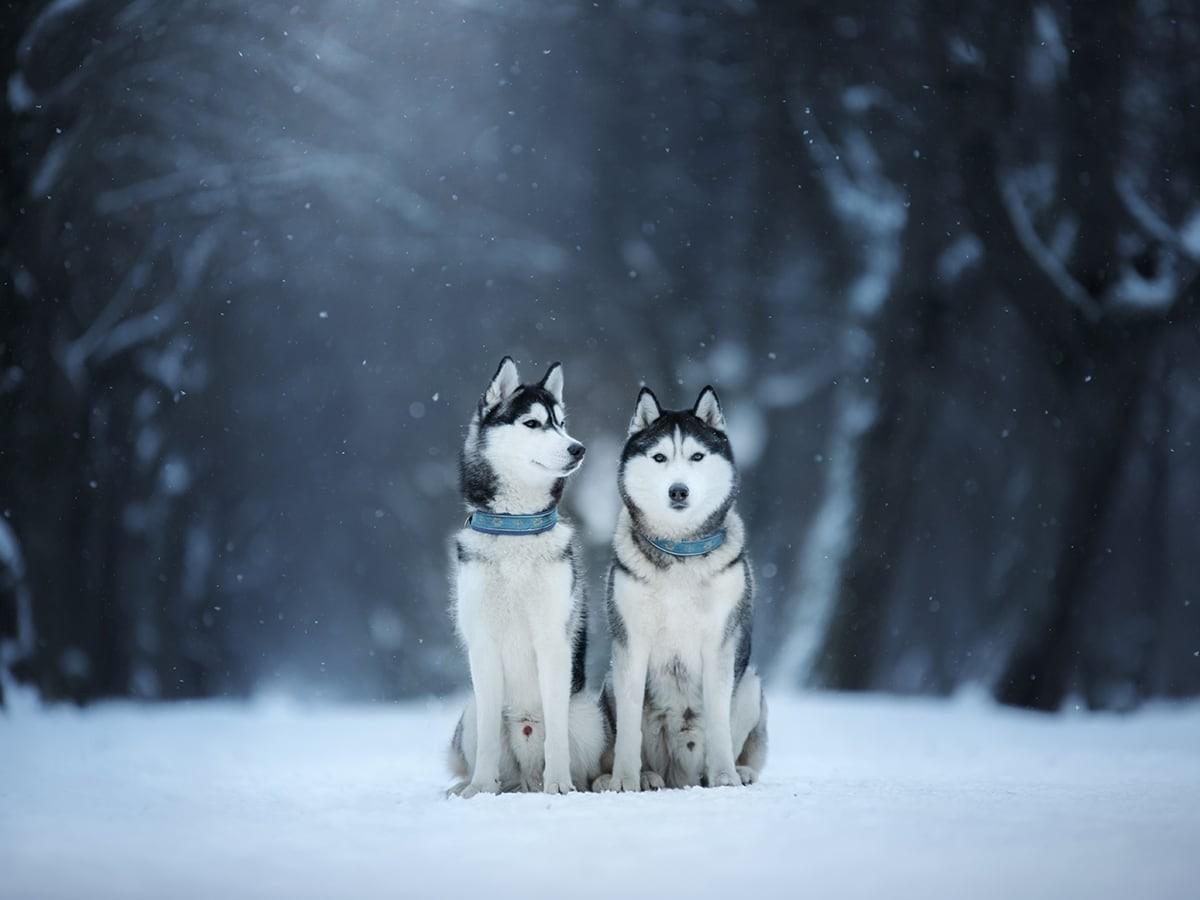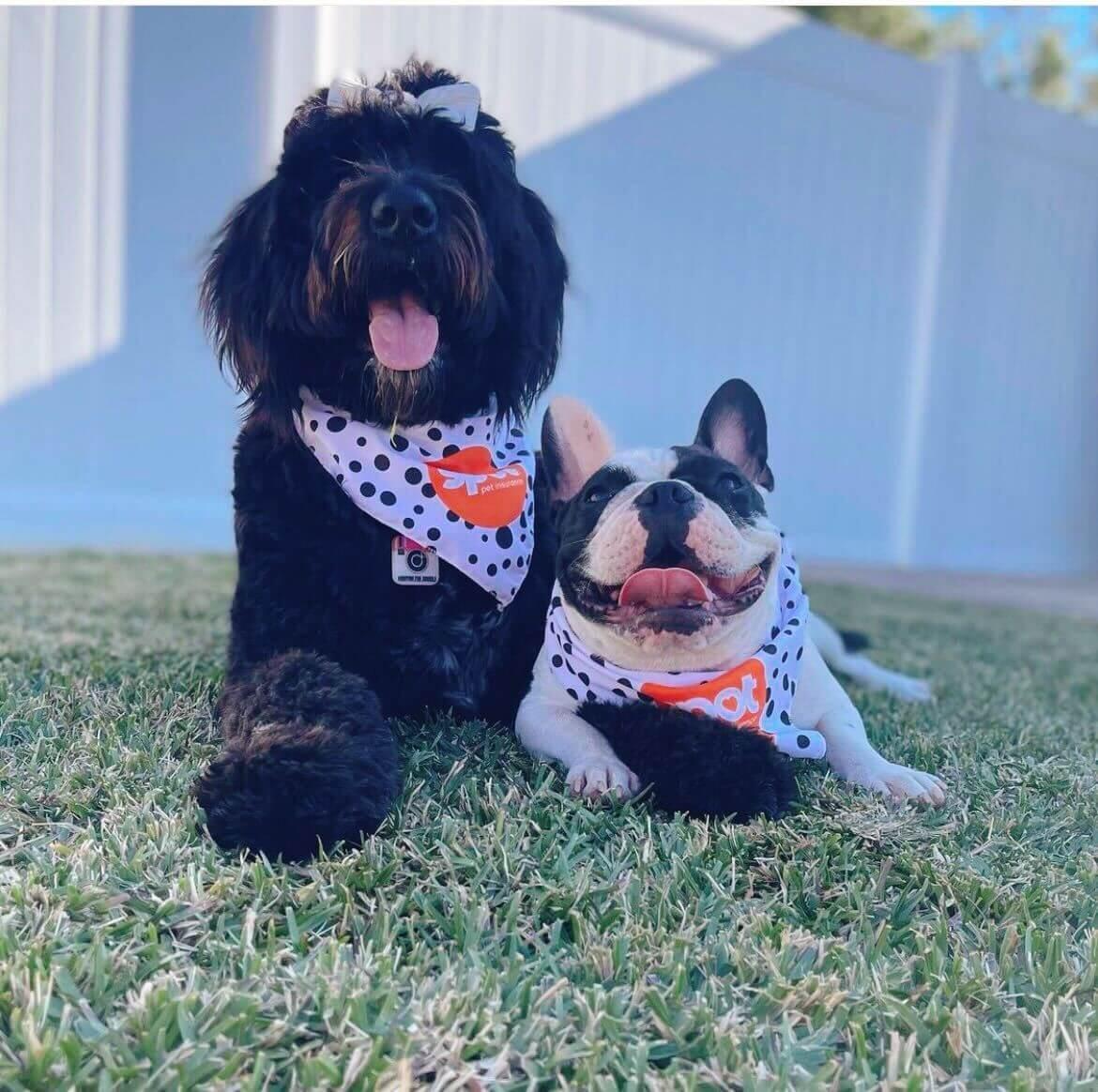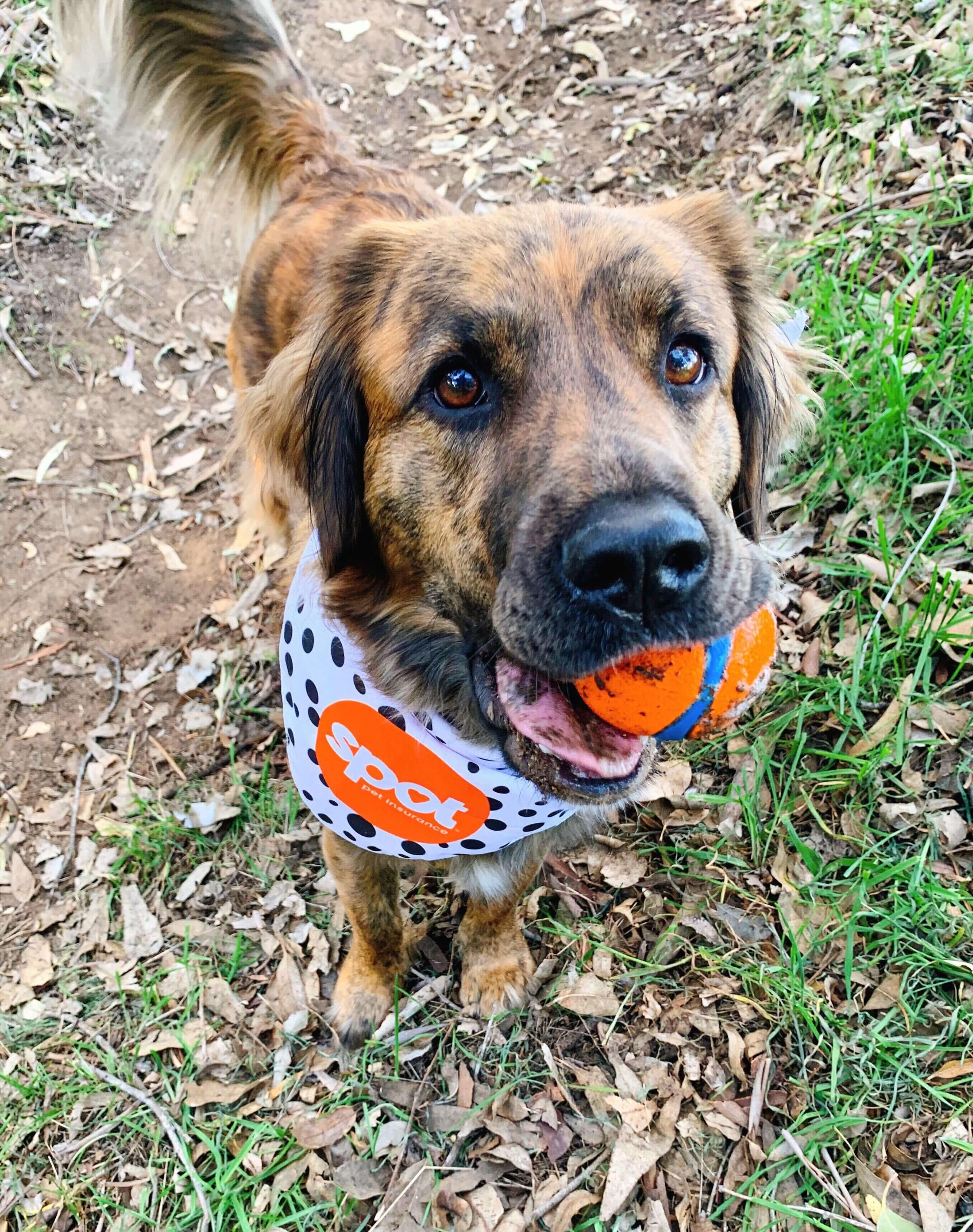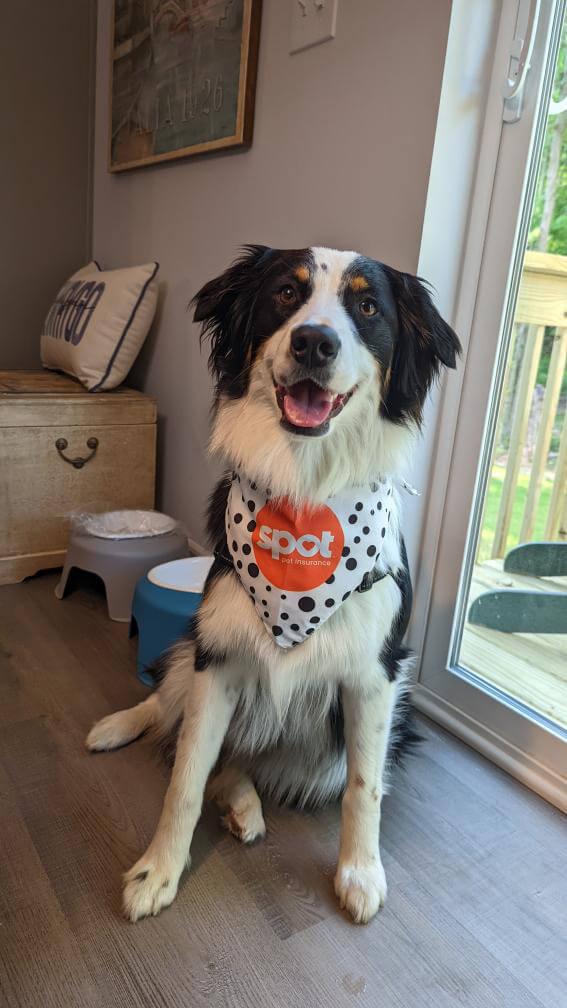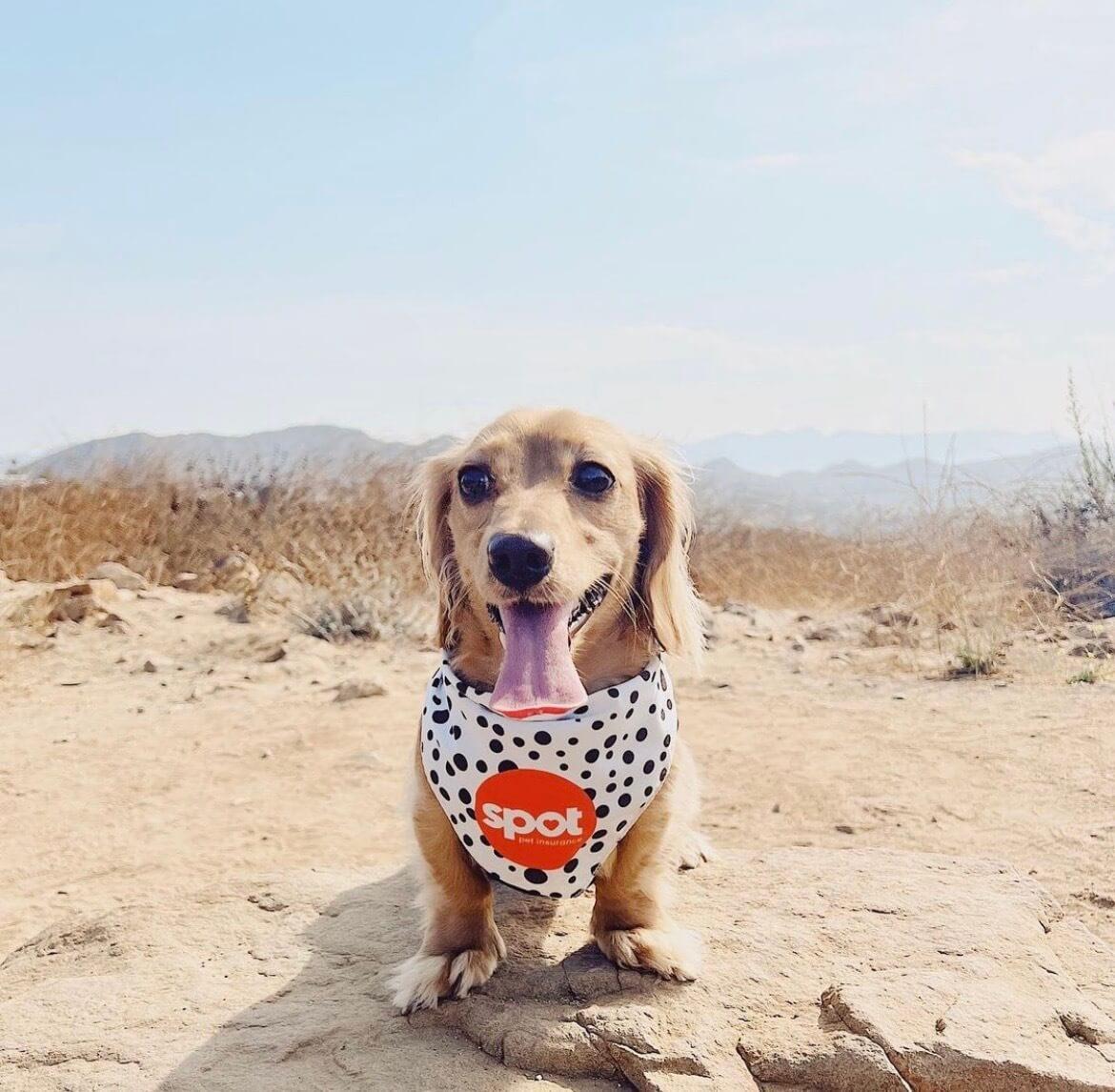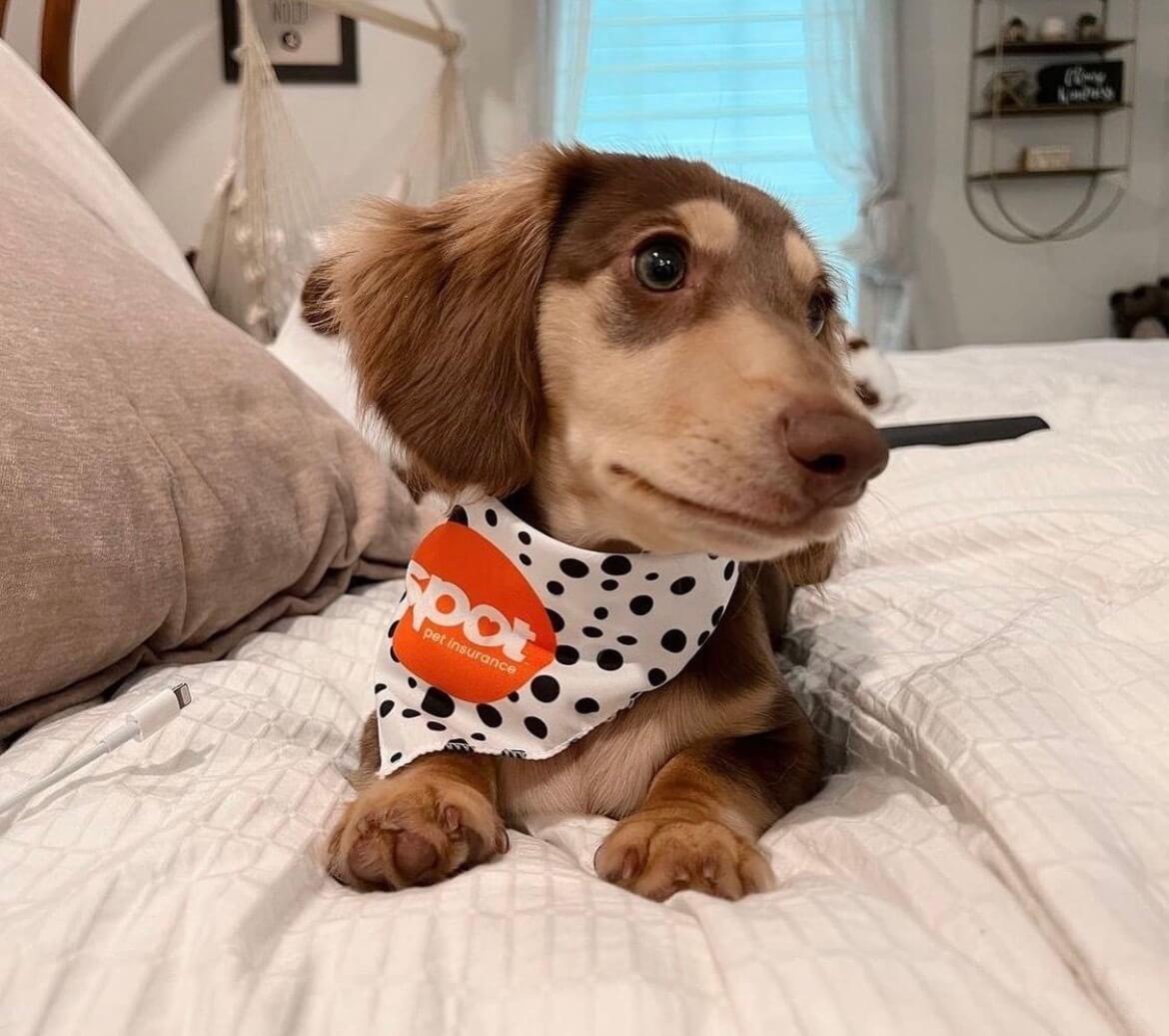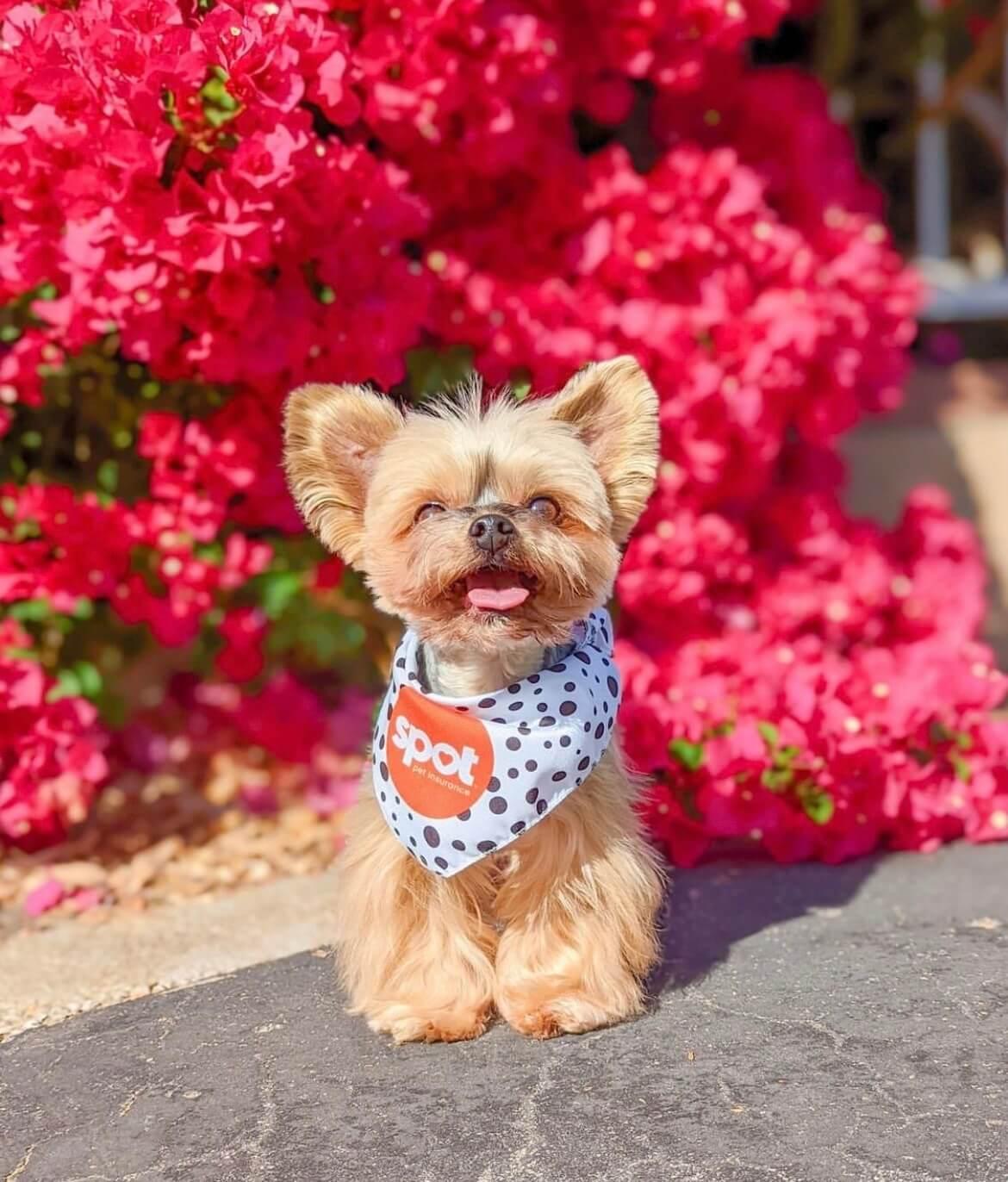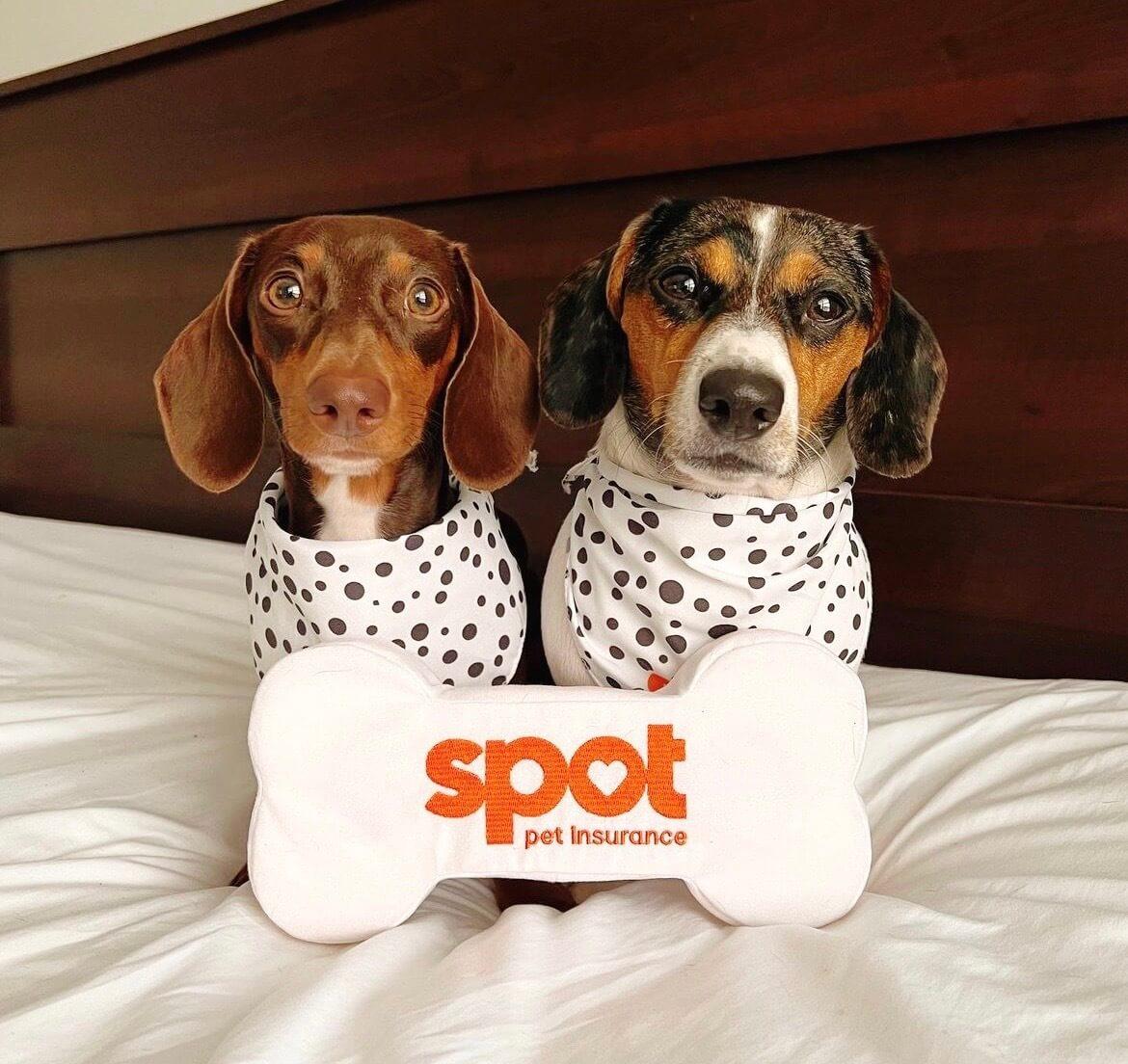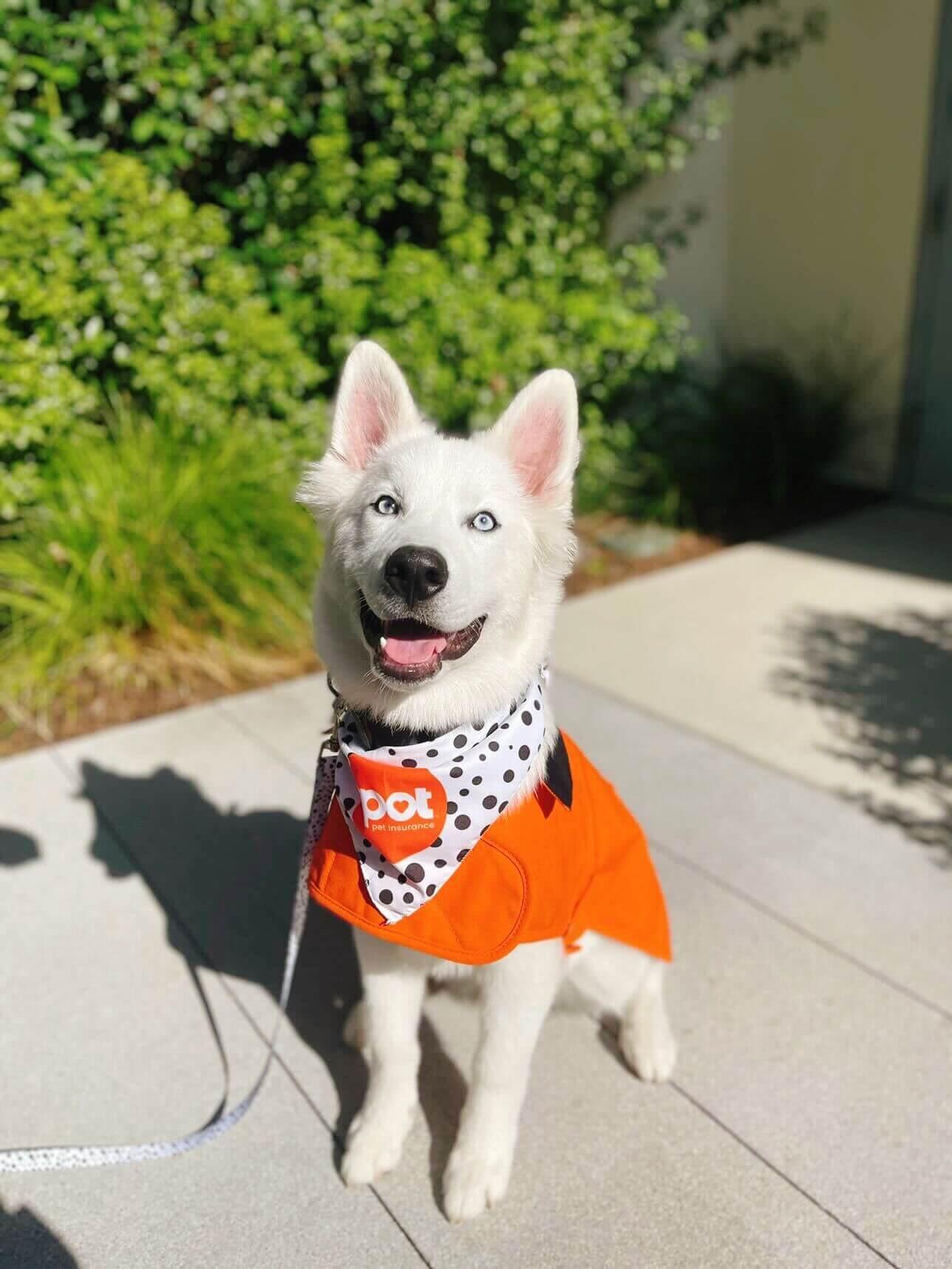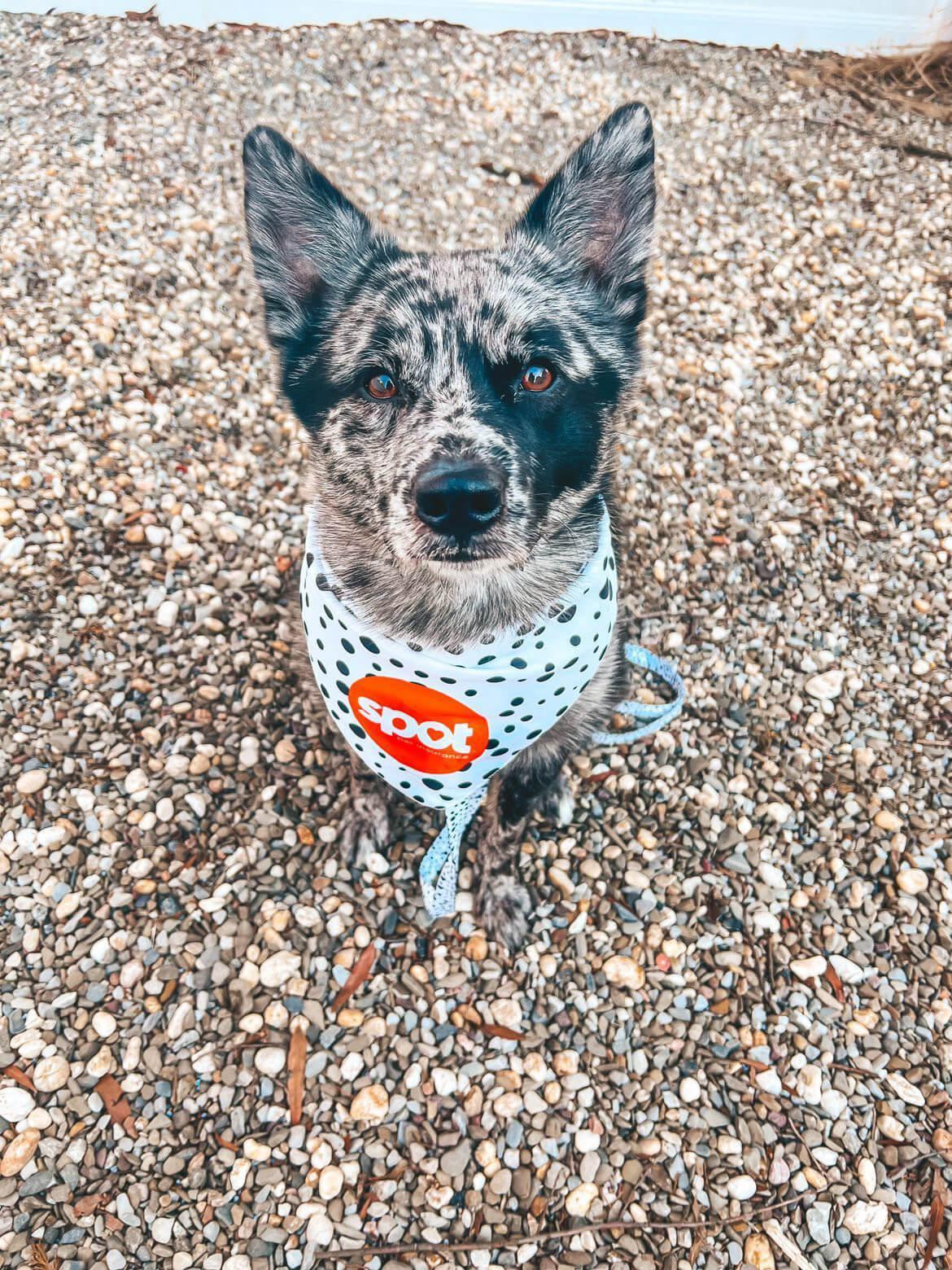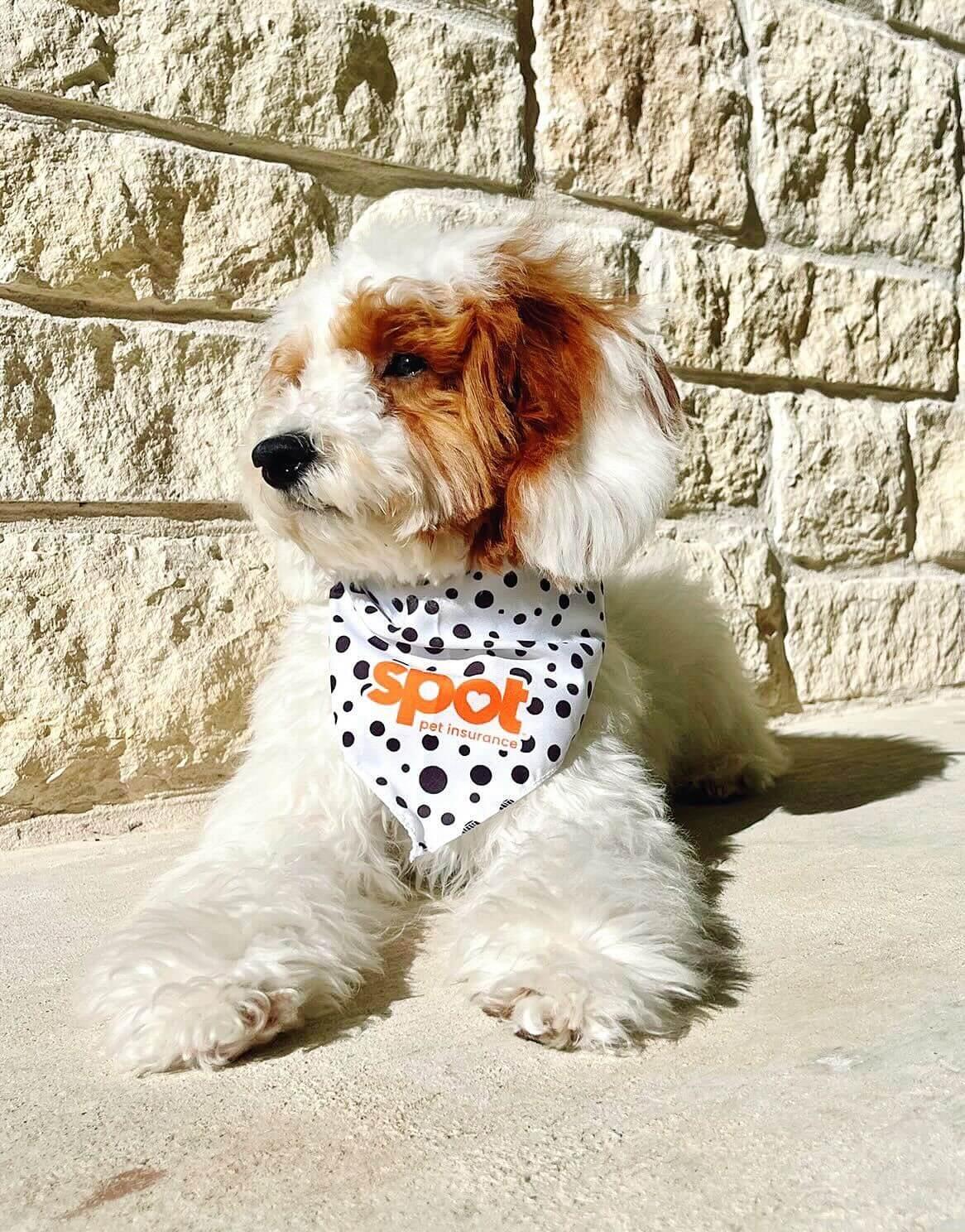If you've ever brushed your dog and ended up with enough fur to stuff a pillow, you're probably dealing with a double-coated dog. These dogs have a unique type of coat designed to protect them from the elements, and it comes with specific grooming needs.
Understanding what a double coat is and how to care for it can make life easier for you and more comfortable for your dog. In this post, we’ll break down what double coats are, which breeds have them, and how to care for them without falling into common grooming traps.
What Is a Double Coat?
A double coat is made up of two distinct layers of fur:
Undercoat: This is the soft, dense layer closest to the skin. It acts as insulation to help your dog stay warm in cold weather and cool in the heat.
Outer coat (also called guard hairs): This is the tougher, water-resistant layer that helps repel dirt, debris, and moisture.
Dogs evolved with this coat type to survive and work in extreme weather conditions — from icy tundras to hot, dry plains. Many working and herding breeds were specifically bred with double coats to protect them outdoors year-round.
Benefits and Challenges of Double Coats
Double coats are functional, but they also come with a few grooming responsibilities. Here’s what to expect:
Benefits
All-weather protection: Keeps dogs warm in winter and cool in summer
Built-in defense: Shields skin from sun, wind, water, and dirt
Natural insulation: Helps maintain a stable body temperature
Challenges
Seasonal shedding: Most double-coated dogs “blow” their undercoat twice a year — once in the spring and again in the fall
Matting risk: Without regular brushing, the loose undercoat can clump and cause mats
Not ideal for shaving: Cutting the coat too short can damage the fur and disrupt its protective function
What Dog Breeds Have Double Coats?
Many popular dog breeds have double coats, which vary in length and texture. Here are ten well-known examples:
1. Labrador Retriever
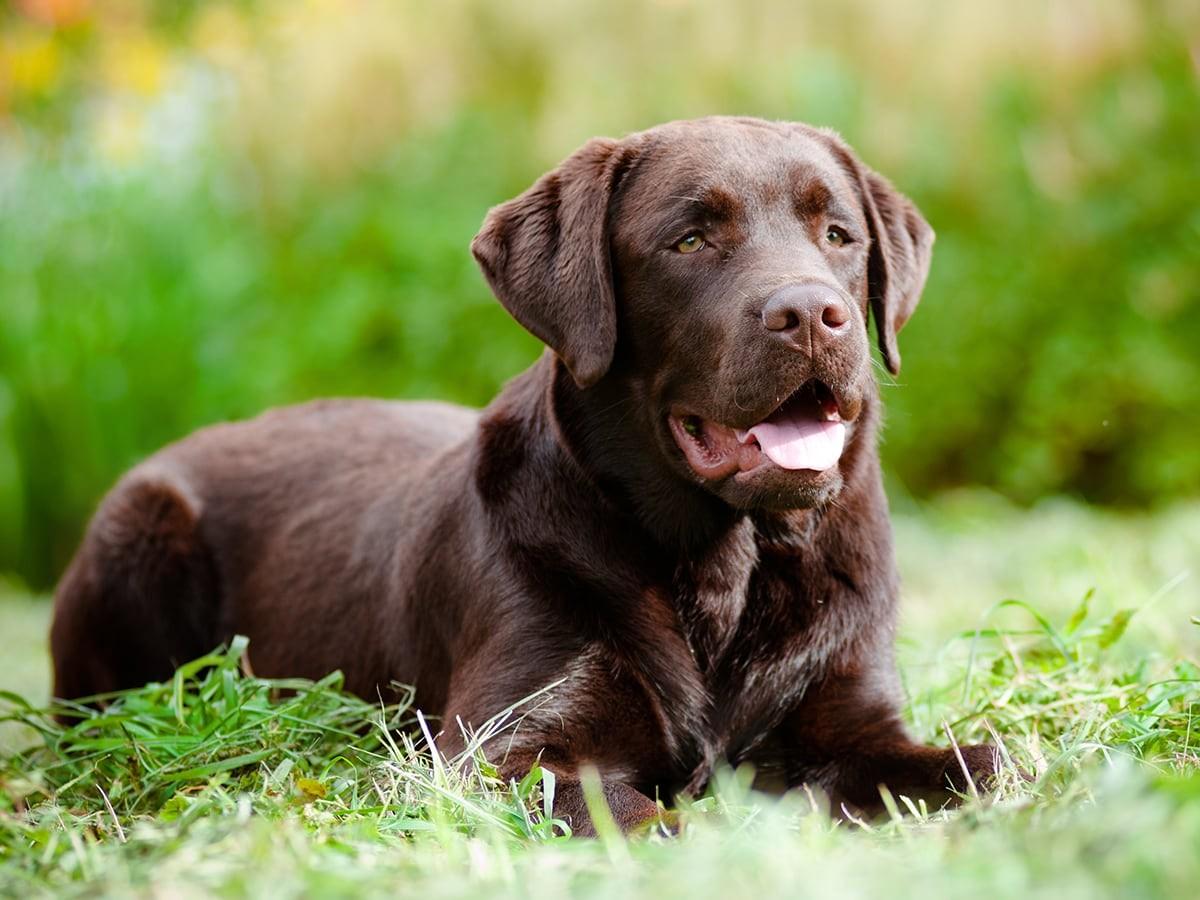
Short, dense double coat that repels water and keeps them warm during outdoor activities. Visit our breed page to learn more about Labradors.
2. German Shepherd
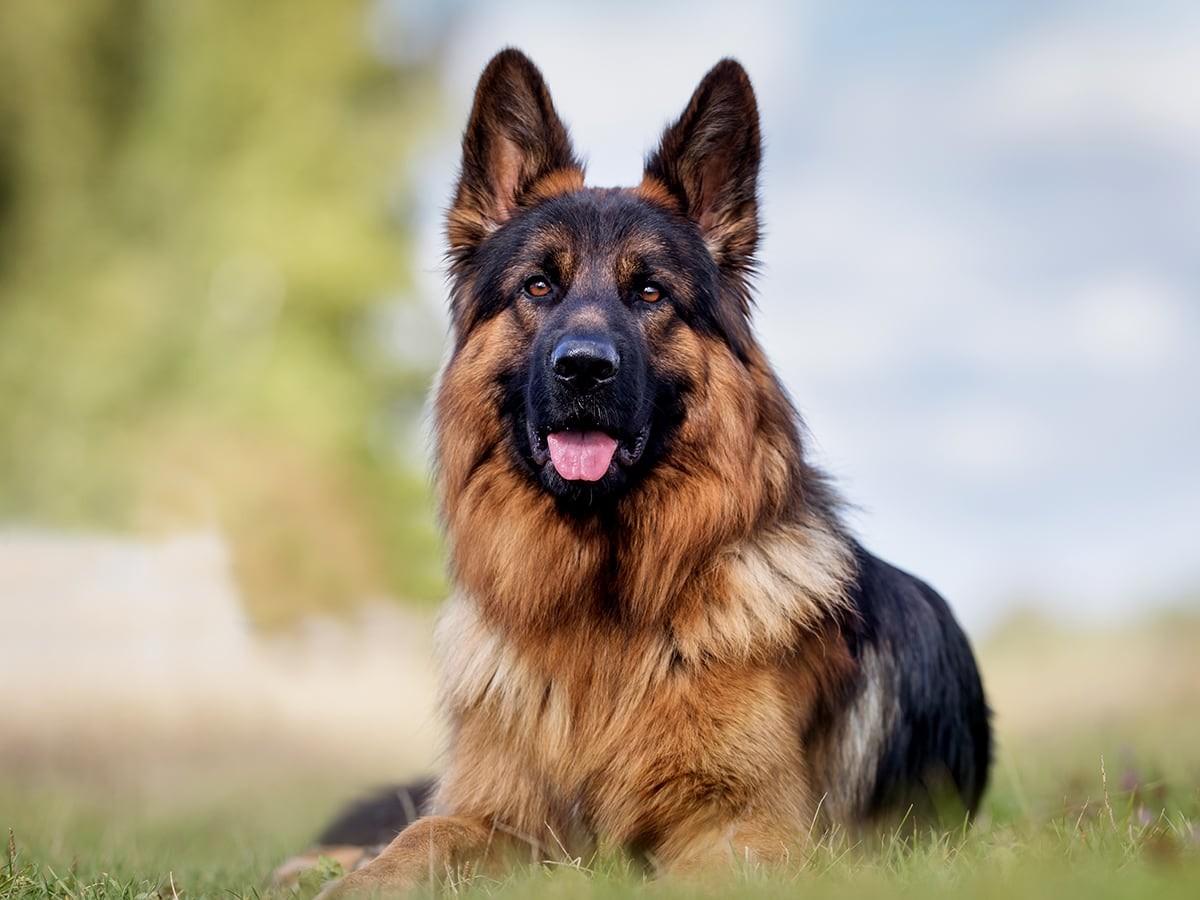
Thick double coat with a heavy undercoat that sheds year-round, especially during seasonal changes. Learn more about German Shepherds by visiting our breed page.
3. Golden Retriever
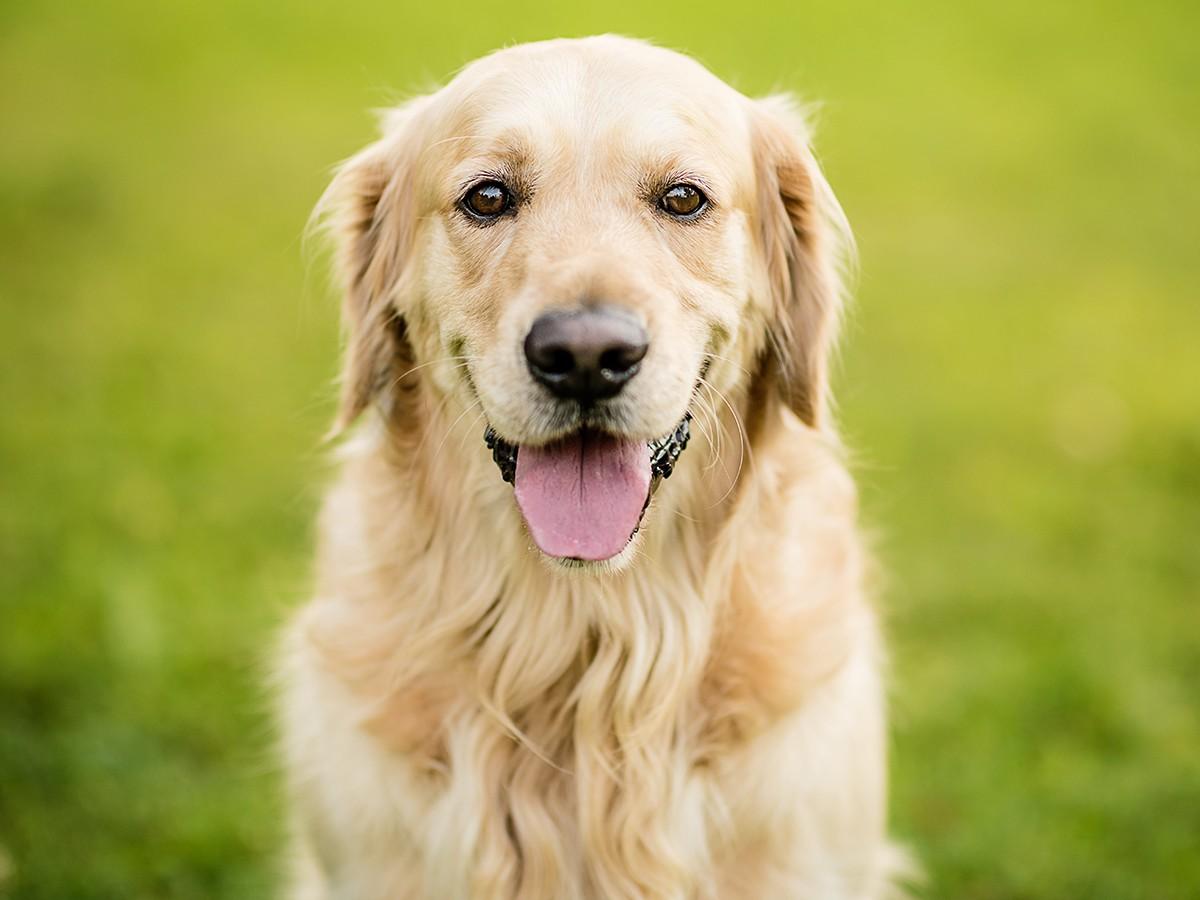
Medium-length double coat that’s soft underneath and feathered on the outside. Thinking of getting a Golden Retriever? Visit our blog to learn more about this beloved breed.
4. Siberian Husky
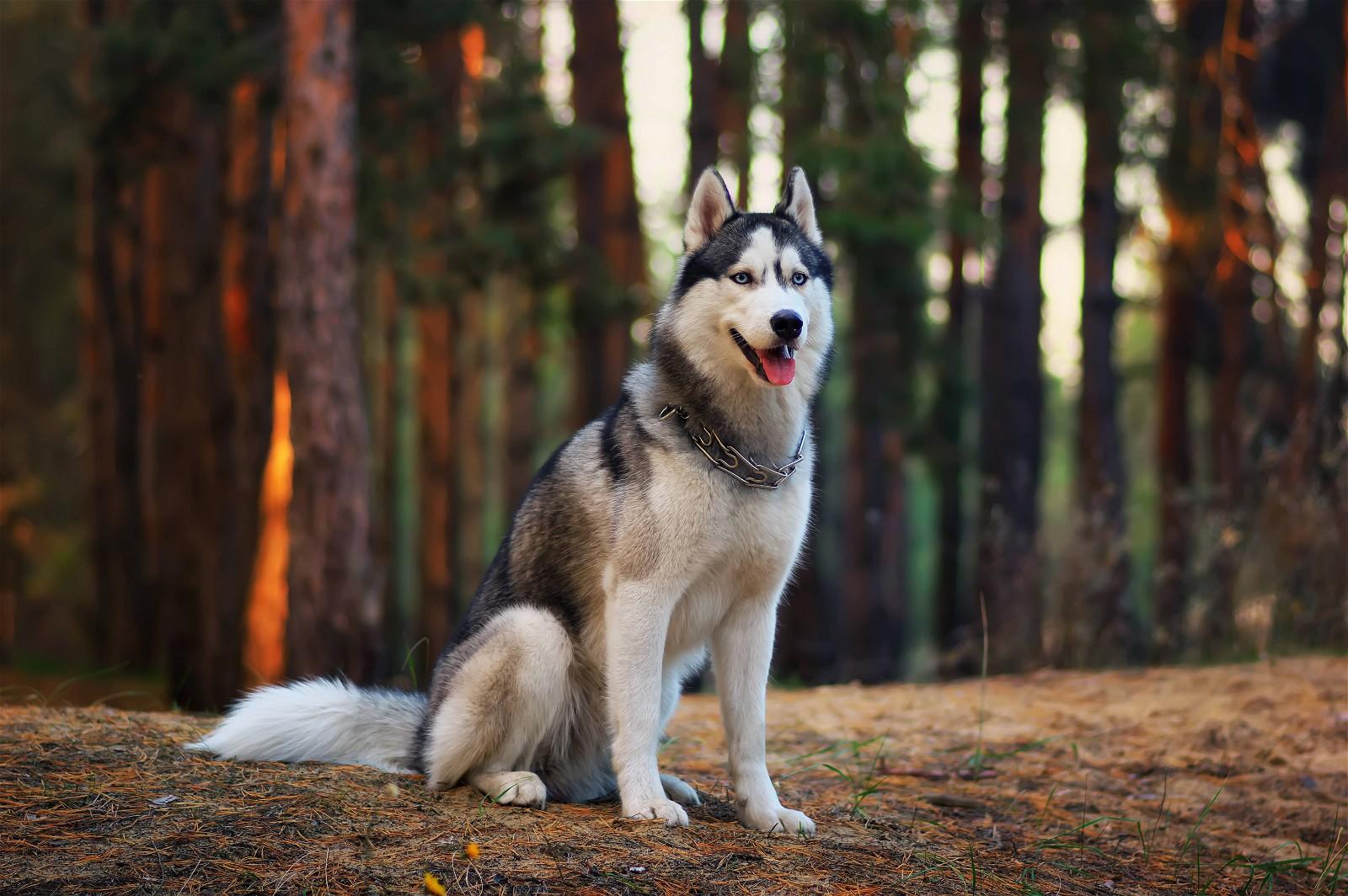
An arctic breed with one of the most pronounced double coats — great for cold climates but sheds intensely. Interested in bringing home a Siberian Husky? Visit our breed page to learn more about these powerful dogs.
5. Akita
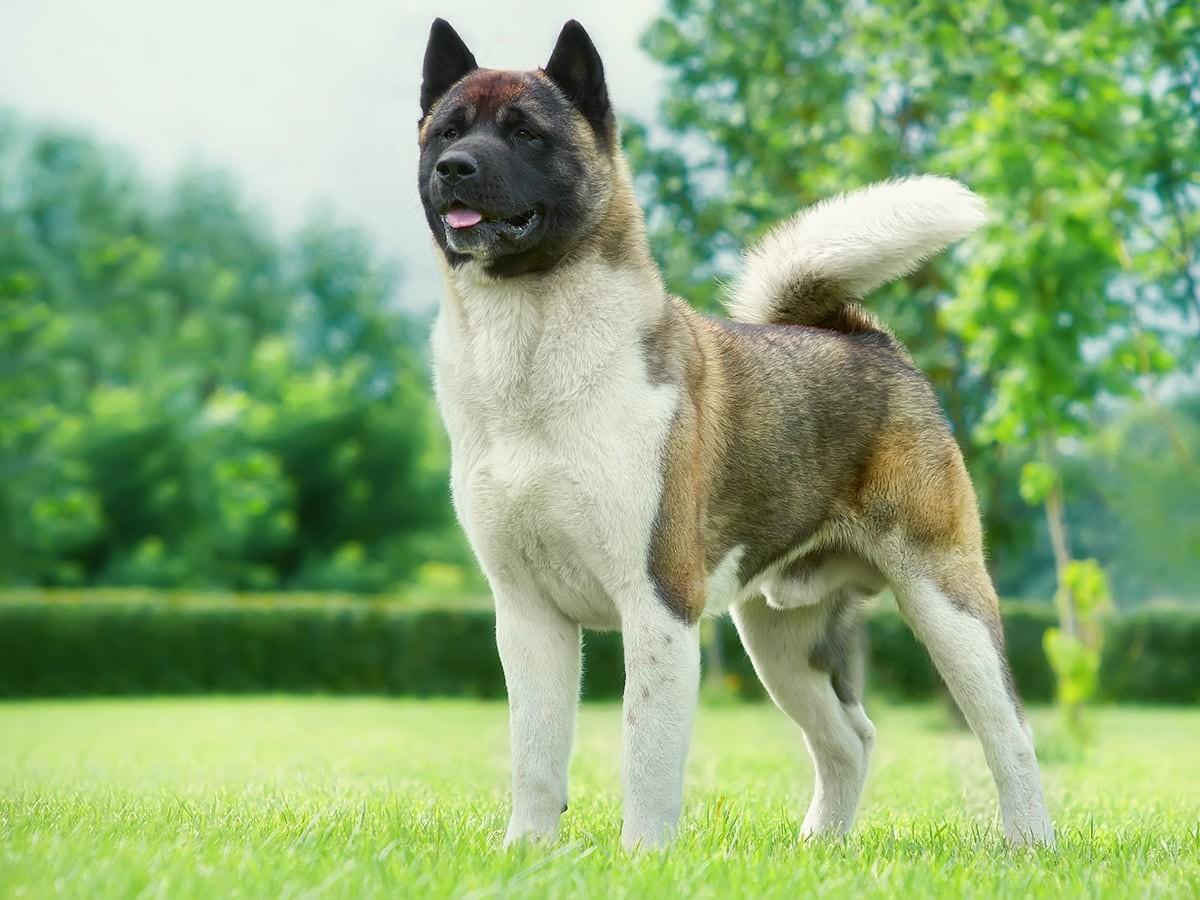
Plush double coat developed for snowy, mountainous environments; requires regular grooming. Learn more about Akitas.
6. Alaskan Malamute
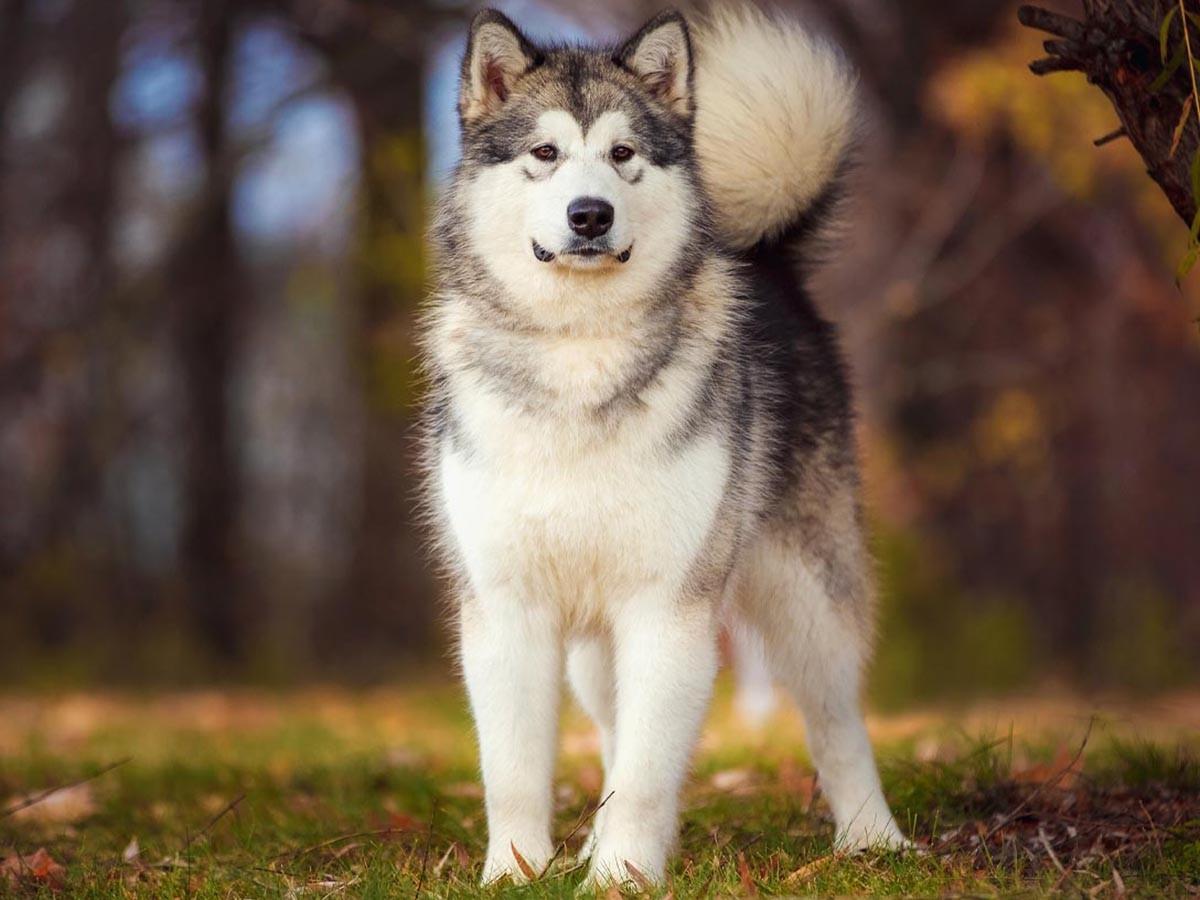
Heavy-duty working dog with a thick, insulating coat perfect for extreme cold. See more information about the Alaskan Malamute on our blog.
7. Shiba Inu
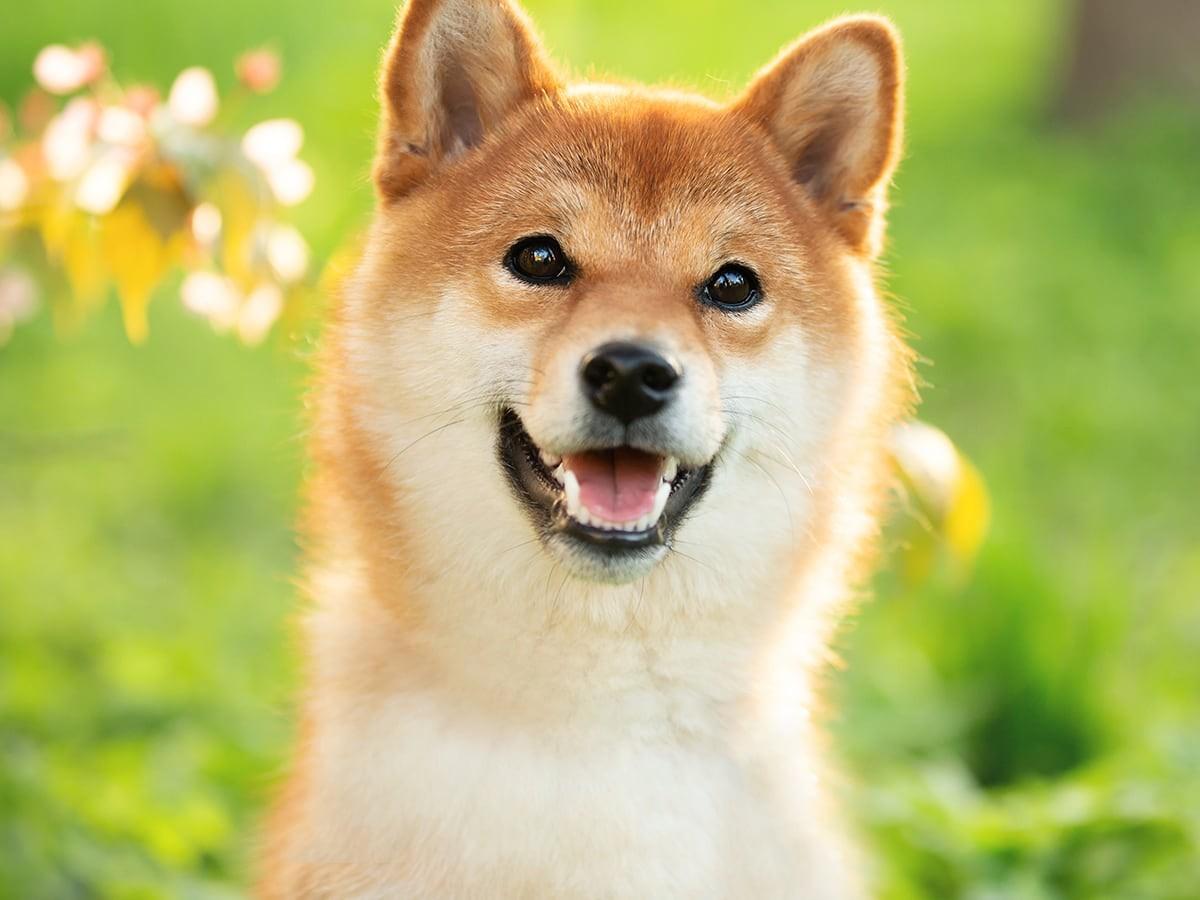
Compact and agile, Shibas have a dense double coat that sheds in big chunks during seasonal transitions. Visit our blog to learn more about the Shiba Inu.
8. Corgi (Pembroke & Cardigan)
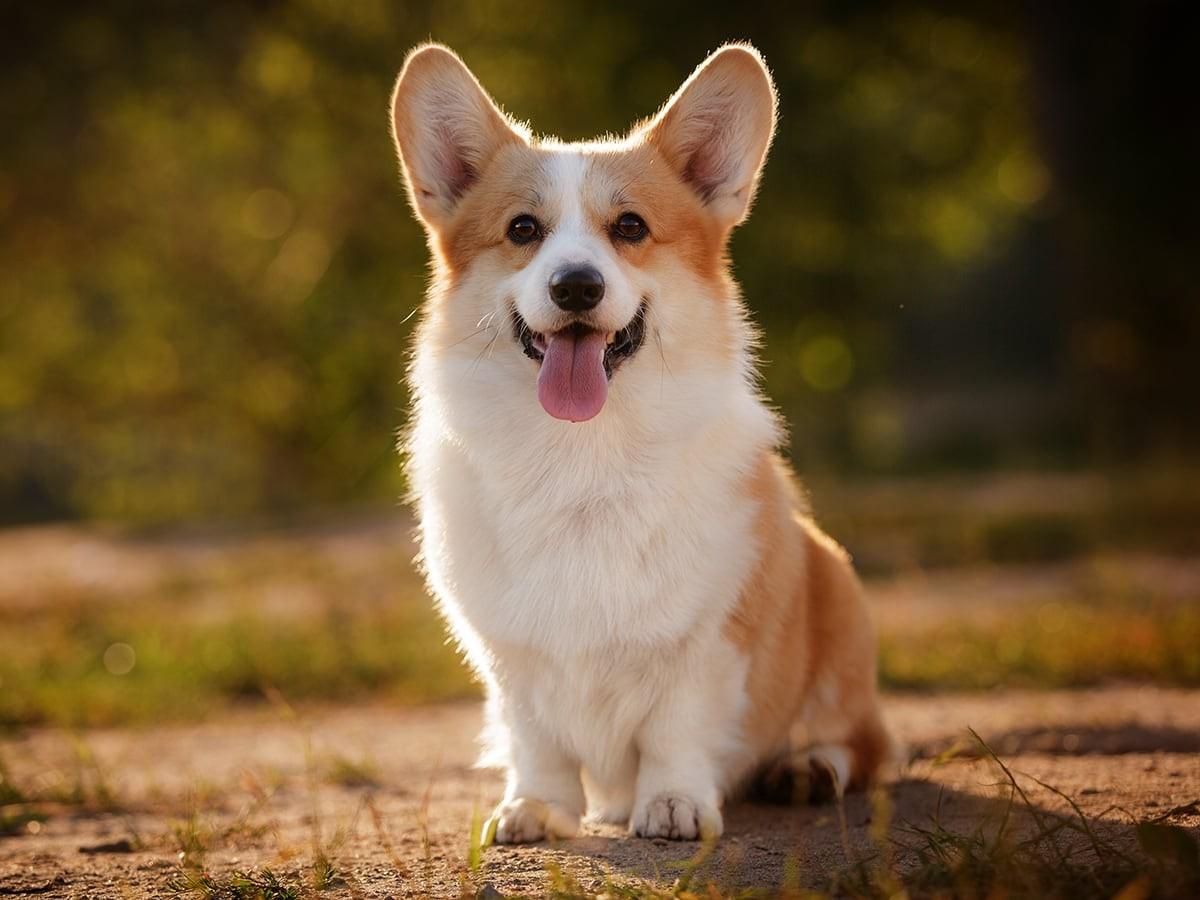
Small but mighty shedders with short, thick double coats. To learn more about Corgis, visit our breed pages.
9. Australian Shepherd
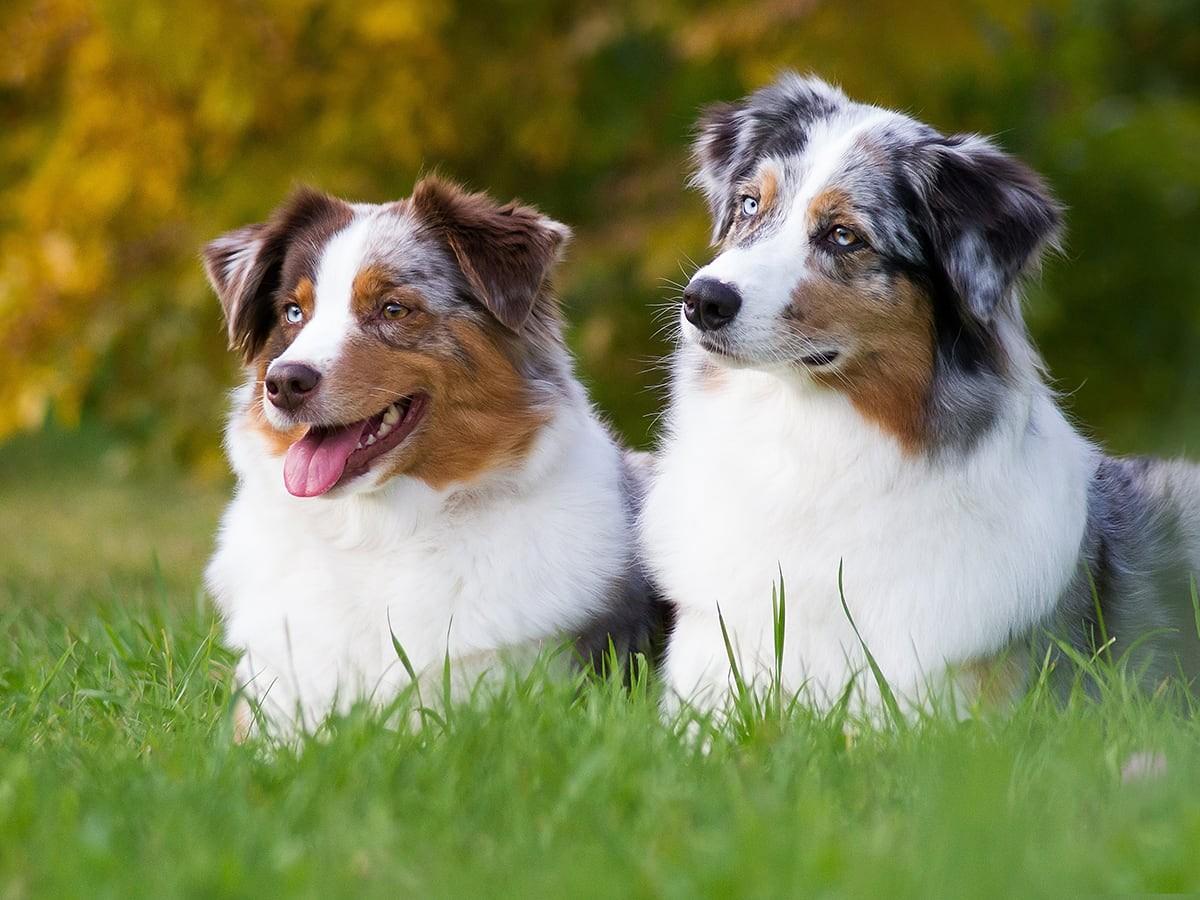
Fluffy, weather-resistant double coat that needs consistent maintenance to prevent tangling. To learn more about this high-energy breed, visit our Australian Shepherd breed page.
10. Bernese Mountain Dog
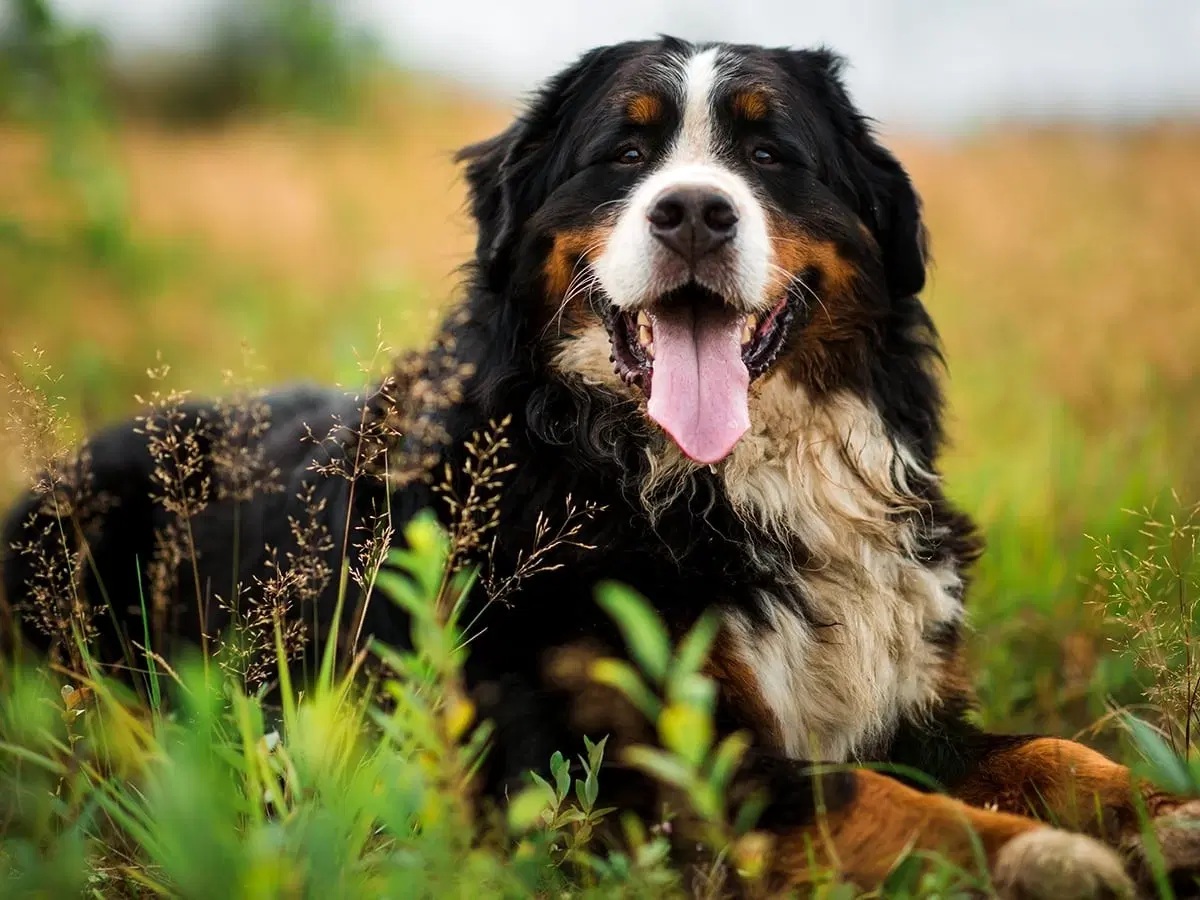
A gentle giant with a long, thick coat ideal for mountain climates — and major shedding seasons. Visit our blog to learn more about the Bernese Mountain Dog.
Grooming Tips for Double-Coated Dogs
Caring for dogs with double coats doesn’t need to be overwhelming. With the right tools and habits, you can help manage shedding and keep their coat healthy.
Brush Regularly
Aim for brushing 2–3 times per week (daily during shedding season). Tools like undercoat rakes, slicker brushes, or deshedding combs can help.
Use Proper Tools
Invest in brushes that reach through the topcoat to remove dead undercoat without damaging the outer layer.
Bathe Occasionally
Dogs with double coats don’t need frequent baths. Once every few months is usually enough unless they’re dirty. Use mild, dog-safe shampoo.
Support Coat Health from the Inside
A healthy coat starts with nutrition. Feed your dog a high-quality diet rich in omega fatty acids and keep them hydrated.
Should You Shave a Double-Coated Dog?
The short answer is: no, you should not shave dogs with double coats.
Shaving removes both the undercoat and the guard hairs, which:
Disrupts their natural temperature control
Can lead to overheating or sunburn
May cause the coat to grow back patchy or improperly
Instead, focus on:
Deshedding treatments during seasonal coat blows
Trimming problem areas (like paw pads or rear ends) without removing the full coat
Professional grooming when needed, with groomers experienced in double-coated breeds
FAQs About Dogs with Double Coats
What breed of dog has a double coat?
Some common double-coated dog breeds include:
Labrador Retriever
German Shepherd
Siberian Husky
Shiba Inu
Corgi (Pembroke or Cardigan)
These breeds have both an undercoat and an outer coat for protection and insulation.
What does it mean if your dog has a double coat?
It means your dog has two layers of fur: a soft, insulating undercoat and a tough, protective outer coat. This combo keeps them comfortable in all types of weather but requires consistent grooming to stay healthy.
Are you supposed to shave double-coated dogs?
No. Shaving is not recommended. It can harm the structure of the coat, cause overheating, and lead to skin problems. Instead, use regular brushing, deshedding tools, and trimming if necessary.
Do double coats keep dogs cool?
Yes. A double coat acts like natural air conditioning — trapping cooler air near the skin and shielding from direct sun. This is why shaving can actually make dogs more uncomfortable in hot weather.
What is a double-coated dog?
A double-coated dog has two layers of fur:
An undercoat (soft and dense) for insulation
An outer coat (coarse guard hairs) for protection. This type of coat is common in working, herding, and Arctic breeds.
Key Takeaway
Dogs with double coats have a built-in system for weather protection, but they require a little extra grooming care. Regular brushing, the right tools, and avoiding shaving will keep your dog’s coat healthy and effective year-round. Understanding their unique coat type can help you care for them with confidence, especially during those heavy-shedding seasons.
Conclusion
From Huskies to Golden Retrievers, dogs with double coats come in all shapes and sizes — and all of them need consistent care. These coats are designed by nature to help protect, regulate, and adapt. As a pet parent, your job is to support that system with regular grooming, good nutrition, and plenty of patience when the shedding hits.
With the right approach, you can keep your double-coated dog comfortable, healthy, and looking their best — all year long.
More About Spot Pet Insurance
Spot accident and illness plans can be used with any licensed vet in Canada or the U.S. Whether you are home or traveling to the U.S., Spot can reimburse the cost of vet bills for the diagnosis, treatment, or management of covered conditions. Spot’s accident and illness plans can help cover a variety of conditions, including broken bones, lacerations, aggression, kidney disease, diabetes, and more. Pet parents can also get cash back on the cost of routine care, including wellness exams, certain vaccinations, dental cleanings, and more, by adding a wellness rider to their plan for an additional cost.
To learn more about Spot Plans or to get a free quote, click here.
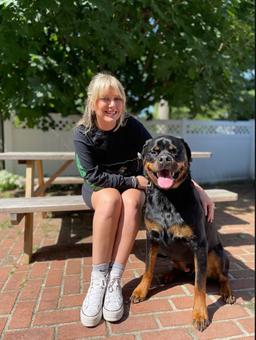
I’m Charlie: canine enthusiast with a knack for figuring out why my dog, Dallas, is more infatuated with tennis balls than me. My lifelong passion for dogs has created a dedication to help other pet parents better understands their furry family members!
